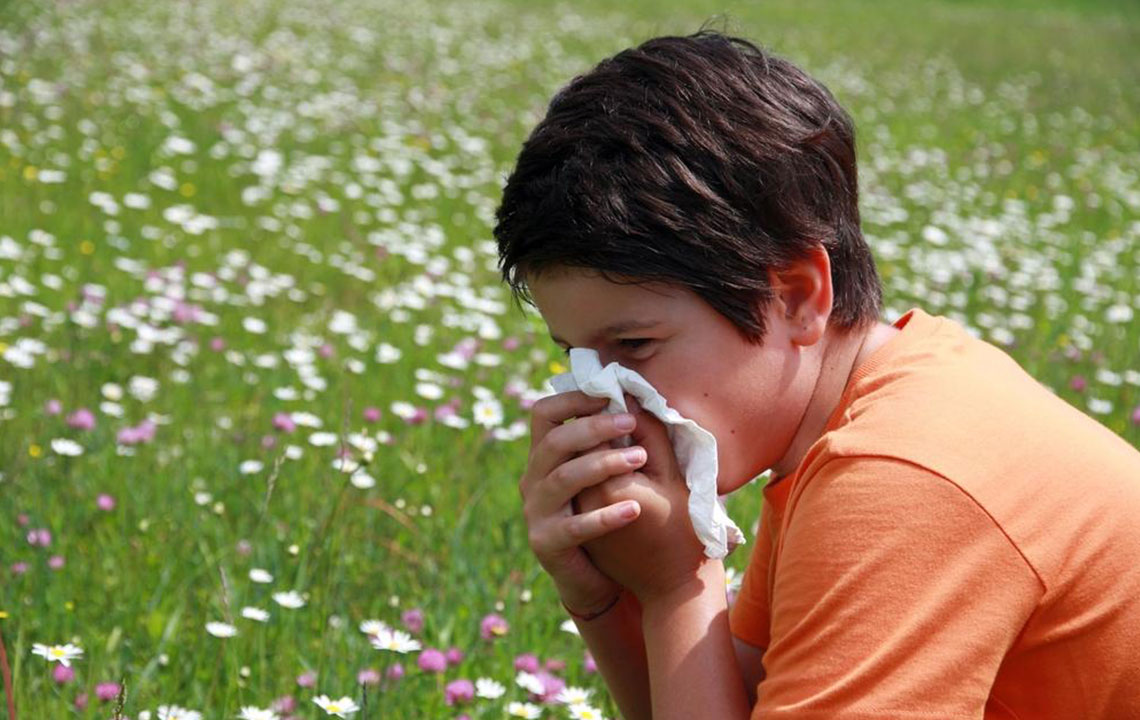How to Differentiate Between Cold and Allergy Symptoms: A Comprehensive Guide
Learn how to differentiate between cold and allergy symptoms with this comprehensive guide. Understanding the key signs helps in seeking appropriate treatment quickly, reducing discomfort and preventing complications. From shared symptoms to unique indicators, discover what sets these conditions apart and when to see a healthcare professional for proper diagnosis.

Understanding the Key Differences Between Cold and Allergy Symptoms
Experiencing symptoms like a running nose, sneezing, and coughing are common during seasonal changes or outbreaks of viral infections. These symptoms can significantly impact daily activities, from work to social interactions, and may also put others at risk of infection. On the other hand, allergies — triggered by environmental factors or specific allergens — can produce similar symptoms, creating confusion about the underlying cause. Differentiating between a common cold and allergies is crucial for effective treatment and symptom management.
Both conditions share several symptoms, making it challenging to distinguish them without proper knowledge. Cold viruses, caused by various strains of rhinoviruses and other respiratory pathogens, typically spread through airborne droplets. Allergies, however, are immune system responses to harmless environmental substances like pollen, dust, or certain foods. Recognizing these differences helps ensure timely and appropriate treatment, reducing discomfort and preventing complications.
Common Symptoms Shared by Cold and Allergies
Many symptoms overlap between cold and allergy symptoms, including watery or itchy eyes, nasal congestion, a runny nose, sore throat, cough, and frequent sneezing. These signs are fundamentally the body's response to irritants or infections. However, some symptoms tend to be specific to each condition, providing crucial clues for differentiation.
Key Symptoms Unique to Colds
Colds often come with additional symptoms such as mild fever, body aches, fatigue, and a sore throat that may worsen over time. The nasal discharge in colds usually starts clear and becomes thicker and yellowish as the illness progresses. Colds generally last between 7 to 10 days, and symptoms tend to improve gradually without specific medical intervention, apart from supportive care.
Distinct Allergy Indicators
Allergy symptoms are predominantly caused by an immune overreaction. Characteristic signs include intense itching, especially in the eyes, nose, and throat, as well as clear, watery nasal discharge. Allergies often cause persistent sneezing and nasal congestion that do not improve over time. Many allergy sufferers experience itchy or watery eyes, which are rare in viral infections. Additionally, skin reactions like rashes or hives can also point toward allergies rather than a cold.
Factors Influencing Symptom Differentiation
Timing and exposure are vital clues. For instance, allergy symptoms tend to occur at specific times—such as spring or fall when pollen counts are high—or persist year-round in cases of dust or pet dander allergies. Cold symptoms, however, are more common during flu season or after exposure to infected individuals. If symptoms appear suddenly and persist despite antihistamines or allergy medications, a cold might be the culprit.
When to Consult a Healthcare Professional
If you're unsure whether your symptoms are due to a cold or allergy, seeking medical advice is essential. Proper diagnosis typically involves a physical examination, discussion of exposure history, and sometimes allergy testing. Early identification allows for targeted treatment, such as antihistamines for allergies or antiviral medications for cold symptoms. Moreover, recognizing the cause helps prevent unnecessary use of antibiotics, which are ineffective against viruses and can contribute to antibiotic resistance.
Effective Strategies for Managing Cold and Allergy Symptoms
Regardless of the cause, maintaining good hygiene practices like frequent handwashing and avoiding contact with infected individuals can reduce cold transmission. For allergy sufferers, minimizing exposure to known allergens—using air purifiers, keeping windows closed during pollen seasons, and maintaining cleanliness—can significantly decrease symptoms. Over-the-counter remedies, including nasal sprays, decongestants, and antihistamines, offer relief in most cases. For persistent or severe symptoms, consult your healthcare provider for personalized treatment options, which may include prescription medications or allergy immunotherapy.
Conclusion: The Importance of Accurate Symptom Identification
Distinguishing between cold and allergy symptoms is more than just convenience; it is crucial for effective management and preventing complications. Understanding the key differences allows individuals to seek appropriate treatments promptly, improving their quality of life. Remember, if symptoms worsen or do not improve after standard treatments, consulting a healthcare professional is always the best course of action to ensure proper diagnosis and care.





